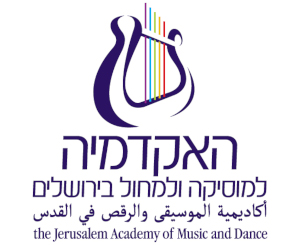|
a.Instrument examination |
|
|
Instrument |
Work |
|
Piano |
1. Work from the Baroque period of a similar degree of difficulty to the Bach three-part invention. |
|
2.Easy sonata by Beethoven, Mozart, Haydn or Clementi. |
|
|
3. Work from the Romantic period of a similar degree of difficulty to a Chopin nocturne or the Album for Young People. |
|
|
Other instruments |
Three works, each work in a different style:Baroque, classic, Romantic, 20th century. |
|
b.Personal interview with the head of the department |
|
The interview will usually be held on the day of the instrument examination.It should be scheduled in advance with the academic secretariat when registering for the examinations. |
|
c.Music skills – music theory and aural training |
|
Written examination: |
|
1.Pitch and notation (keys, notes, bars). |
|
2.Identification of different types of interval – perfect, major, augmented, diminished – descending and ascending and their inversions –consonant and dissonant,within an octave. |
|
3.Single voice, diatonic dictation, in major and minor scales, with accidentals. |
|
4.Measures and rhythms of different kinds. |
|
5.Identification of triads (major, minor, diminished, augmented) and their inversions.Identification of major seventh chord diminished (dominant seventh chord) in all inversions. |
|
6. Transformation. |
|
7. Basic music terms (dynamic, tempo, articulation, form, texture, etc). |
|
Verbal examination: |
|
1. Singing and identification of: |
|
2.Sight reading a line of diatonic melody. |
|
3.Basic familiarity with the keyboard. |
|
4.Aspects of rhythm:Identification and performance of rhythm combinations based on division, addition |
Admission requirements for the B.Ed.Mus degree supplementary studies program for candidates with a degree in music:
1.Presentation of a certificate attesting to a bachelor's degree in music – B.Mus., or B.A.Mus
2.Interview with the head of the teacher training department.

